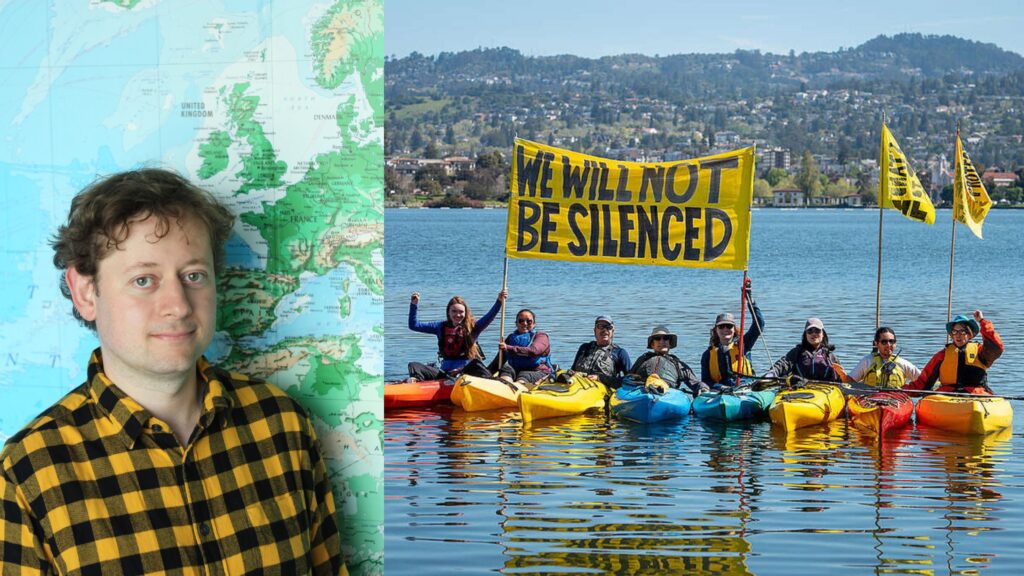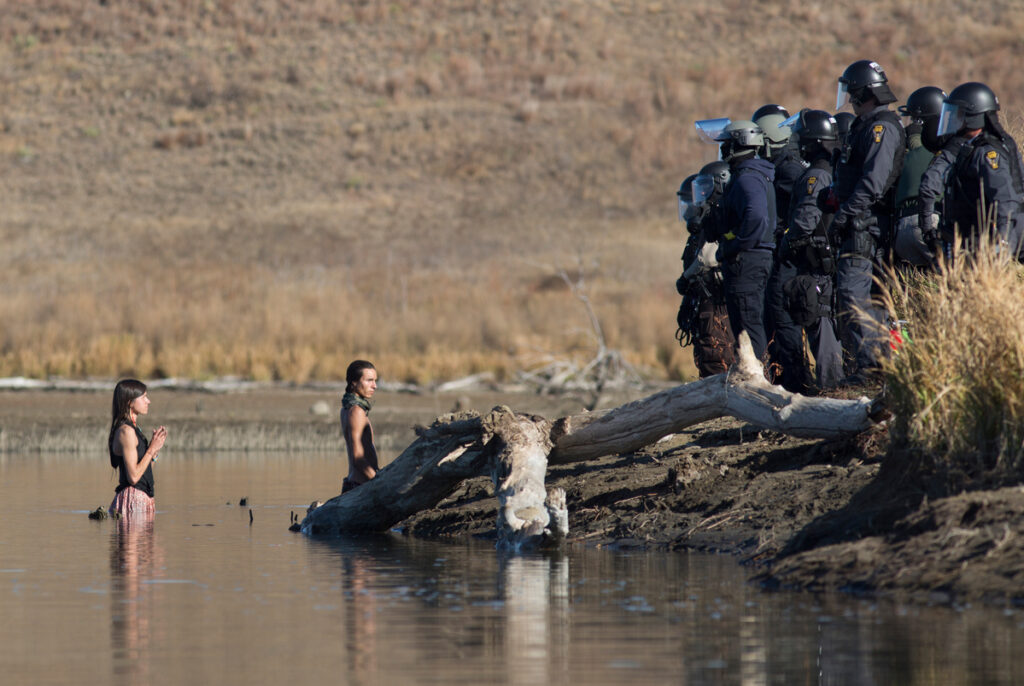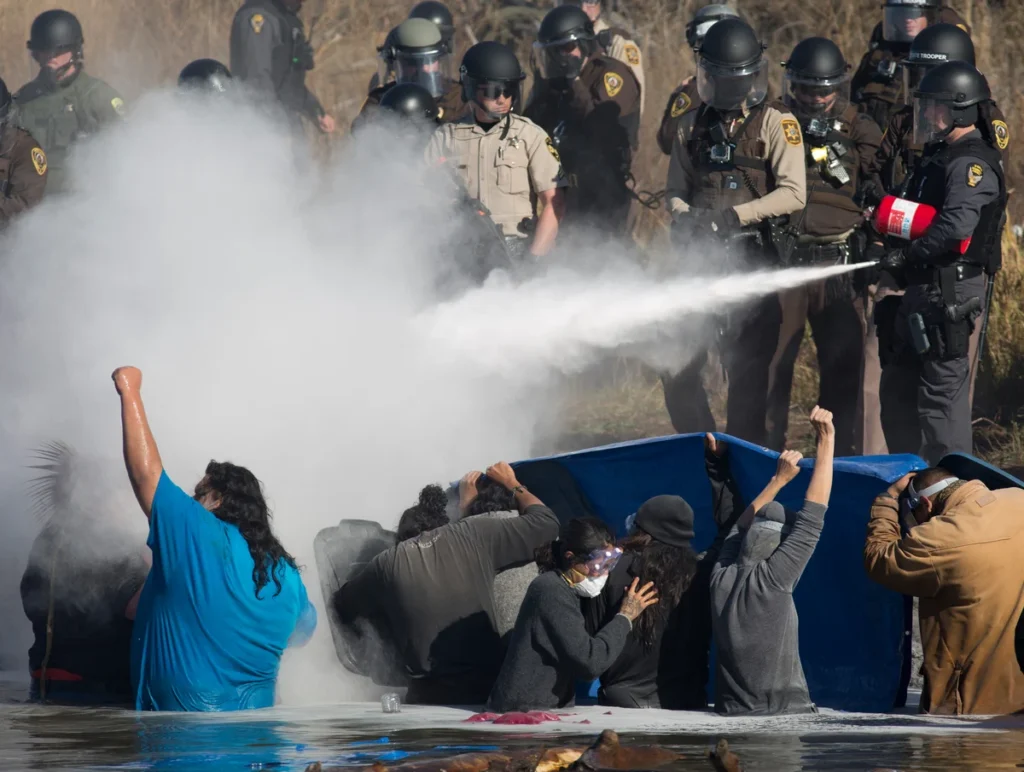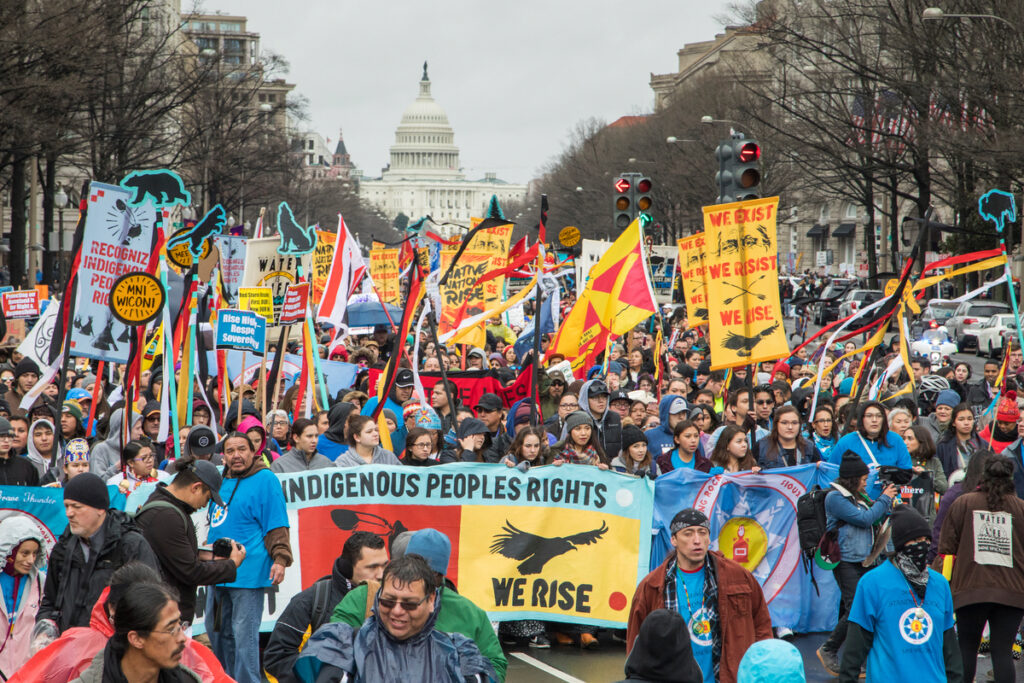Inside the legal team defending our planet against “oil-igarchs”
As the recipient of the 2024 Financial Times Europe Innovative Lawyer Award for sustainability and impact, Greenpeace International’s legal team has distinguished itself as one of the most valiant forces in environmental defense. Their recent “Cousin Greg” settlement with Shell, filed over peaceful protest and occupation of a moving oil rig in the North Sea, represents a landmark win for environmental activists around the world. Yet, the lawsuit constitutes one of many in a rising tide of so-called “SLAPP suits” (Strategic Lawsuits Against Public Participation) imposed by corporate giants and “oil-igarchs” to silence opposition through prolonged, costly, and ruthless litigation processes. Amidst a surge of these deleterious lawsuits, in-house legal teams like Greenpeace have reached for increasingly creative countermeasures, leveraging social media and humor to garner public support and awareness.
Icarus Complex researcher Linda Förster spoke with Greenpeace lawyer Daniel Simons to explore the role of Greenpeace’s legal team and the future of environmental law in an era of escalating threats to free speech and peaceful protest.
(Mandan, North Dakota) On 20 March 2025, a jury ruled against Greenpeace in a $660 million lawsuit brought by Energy Transfer, the Big Oil company behind the Dakota Access Pipeline (DAPL). Kristin Caspers, Greenpeace InternationalGeneral Counsel has announced the organisation’s plan to appeal the verdict in Dutch court in July 2025.

Linda Förster: According to a recent report by the Coalition Against SLAPPs in Europe (CASE), SLAPP suits (Strategic Lawsuits against Public Participation) have been on the rise in recent years. Can you briefly explain what a SLAPP suit is, how it can be identified, and what makes it so deleterious?
Daniel Simons: A SLAPP suit is an abusive lawsuit filed by a private party with the purpose of silencing critical speech. Usually the claimant is a corporation or wealthy individual using its financial muscle to bury a social watchdog (like a journalist or NGO) in costs and time-consuming processes. SLAPPs are harmful as they create a chilling effect: they make it difficult to criticise those who bring them, and as a result wrongdoing remains unchallenged. There are many well-known examples, including Lance Armstrong and Jimmy Savile managed to hide their doping abuse and sexual abuse by taking aggressive legal action against anyone who investigated them.
LF: As a response to the rise in SLAPP suits, we have seen the widespread implementation of so-called anti-SLAPP legislation. What are anti-SLAPP laws, and how do they work?
DS: Such laws usually have a few components. They include an early dismissal mechanism, allowing a defendant to ask the court to rule the case is a SLAPP suit and throw it out at an early stage, before defence costs have risen to a high level. Furthermore, these laws guarantee that the defendant can claim full legal costs upon dismissal of the case, as well as compensation for any damages. Under these laws, there are sanctions for persons who bring SLAPP suits, such as naming and shaming or injunctions against bringing further suits against the defendant. Only time will tell how effective it will be, but I think it’s a strong move.
LF: These lawsuits are not intended to win on the merits of their claims. They tend to be deeply complex and intentionally exhausting for defendants and their respective legal teams. What have been the main challenges in fighting SLAPP suits?

DS: Well, there are several challenges. Obviously, the first one is financial, and at Greenpeace, we are blessed to be part of a well-resourced network. We partner with many different organisations, and we have quite a lot of financial firepower to actually resist these kinds of cases. Compared to us, most NGOs would have to settle these cases immediately due to their inability to take on long-term legal battles. However, the other element is just the kind of personal toll it can take. As you mentioned, corporations often make a point of making these cases as complicated as possible for defendants. For example, I was updated last night about a transfer case (Energy Transfer LP v. Greenpeace International). All of us on our legal team are working long hours to deal with incoming cases, and we are often in meetings until the early morning.
LF: You’ve just mentioned that Greenpeace has widespread support, both financially and organisationally. What can smaller organisations, and individual activists, who are being targeted in similar cases do to resist?
DS: There are some initiatives, such as the Protect the Protest Task Force, which offers subsidized insurance to organisations involved in public interest work. However, these efforts can only go so far. The legal costs for defending against a SLAPP suit can quickly spiral into the millions. Smaller organisations often don’t have the resources to sustain a long legal battle, even if their defenses are entirely valid. That’s why it’s so important to have stronger legal protections, like the EU directive. Unfortunately, the directive has limitations. It’s designed to dismiss unfounded cases early on, but many SLAPP suits have just enough of a legal basis to proceed, even though they’re abusive in nature. Companies exploit the complexity and cost of the legal process to wear down their opponents. We need additional mechanisms to address these abuses and provide financial support to defendants.

“Companies exploit the complexity and cost of the legal process to wear down their opponents. We need additional mechanisms to address these abuses and provide financial support to defendants.”
LF: Before we move onto the current lawsuit by Energy Transfer, I’d like to hear more about Shell v. Greenpeace. Shell settled a multi-million dollar lawsuit against Greenpeace International in a landmark case last December. How do you think this settlement will impact public opinion or public awareness of SLAPP suits?
DS: I suspect that it has greatly heightened awareness about SLAPP suits. I was happy to see that our framing was generally addressed by the media, and that it was viewed as an embarrassing litigation loss for Shell. The Financial Times called it a “Cousin Greg Lawsuit,” which shows that not only our legal approach but also our use of humor and cultural reference was so effective that we reached a whole host of media outlets. I think it will have the effect of raising awareness of SLAPP suits and perhaps discourage corporations from reaching for this tool in the future. It also shows that there are risks involved for them that they may not be anticipating.
LF: Energy Transfer is now suing Greenpeace for over $300 million, over alleged participation in the protests led by the Standing Rock Sioux Tribe against the Dakota Access Pipeline. What was the imperative behind targeting Greenpeace?
DS: Energy Transfer is the company behind the construction of the Dakota Access Pipeline, which runs from oil fields in North Dakota to a terminal in Illinois. Initially, it was planned to cross upstream from Bismarck, but it was rerouted downstream due to concerns about contaminating the city’s water supply. The new route crosses near Sioux reservations, and the tribes raised concerns about potential harm to cultural sites and burial places, as well as environmental risks to their water supply. The construction prompted the largest Indigenous-led protests in the U.S. in recent history. There was a protest camp established, and millions of people were involved at various points. Greenpeace’s role was comparatively minimal. We signed an open letter, along with five hundred other organisations, urging banks to divest from the pipeline project. We also helped supply Indigenous-led organisations with resources to support peaceful protests. Beyond that, we weren’t directly involved. Energy Transfer, however, is suing us on three grounds: first, they claim we incited the protests. Second, they allege that we defamed their reputation. Third, they claim we interfered with their business by causing financial institutions to withdraw funding. Initially, they filed this lawsuit under the Racketeer Influenced and Corrupt Organisations Act, which was completely baseless. The federal judge dismissed it, stating there was no substance to their claims. They’ve since refiled in state court. I think the real reason Greenpeace was targeted is that we are a visible and vocal organisation. Targeting us sends a chilling message to the broader environmental movement. Their chairman, Kelcy Warren, has explicitly stated that this lawsuit is meant to deter activism. It’s a classic example of a SLAPP suit designed to intimidate and bankrupt us. It’s also a complete overreach and, frankly, a misuse of the legal system to silence dissent.
“Targeting us sends a chilling message to the broader environmental movement. Their chairman, Kelcy Warren, has explicitly stated that this lawsuit is meant to deter activism.”
LF: Anti-SLAPP laws can vary starkly across countries. How are you able to adjust to regional differences in jurisdiction, particularly when it comes to transfer cases?
DS: In the Energy Transfer case we’re currently working on, the EU has a directive that creates opportunities for organisations based in the EU to sue in the EU for damages caused by SLAPP suits. This directive is aimed at ensuring that there is no need to change the law in response to such suits. That concerns our reading of the facts, which is that we have this plain legal avenue to pursue. So now, we’re going to proceed in Amsterdam, seek compensation for all legal costs, and address the damages we’ve incurred as a result of this. That’s the broad framework. This is about creating a new precedent. This allows us to transfer the weight of these suits across to the jurisdiction that is most relevant for the organisations involved.

LF:As a lawyer for one of the most innovative and effective legal teams globally, what makes you hopeful?
DS: I have seen a lot of progress on many issues during my sixteen-year career at Greenpeace International. For example, around the time I started at Greenpeace, our team published a scenario that predicted the cost of renewable energy would fall drastically if it was deployed widely, thanks to economies of scale. That analysis was seen as pie in the sky by mainstream analysts back then, but it has now proven too pessimistic! Now we see a lot of countries, mainly in Europe, making pretty rapid advances in decarbonising, at an affordable cost. Unfortunately progress in general is seriously inadequate, but to the extent I am hopeful it is because solutions exist and could be rolled out, with the right political will. The most rewarding aspects are working on issues that really matter and feeling we have a tangible impact on them. What keeps me going is the hope of leaving the planet in better shape for future generations. I’d feel much more despair if I weren’t actively trying to address these issues. Yes, it’s overwhelming at times, but working alongside passionate people who want to make a difference is incredibly motivating. That’s what keeps me moving forward.
“I’d feel much more despair if I weren’t actively trying to address these issues. Yes, it’s overwhelming at times, but working alongside passionate people who want to make a difference is incredibly motivating. That’s what keeps me moving forward.”
